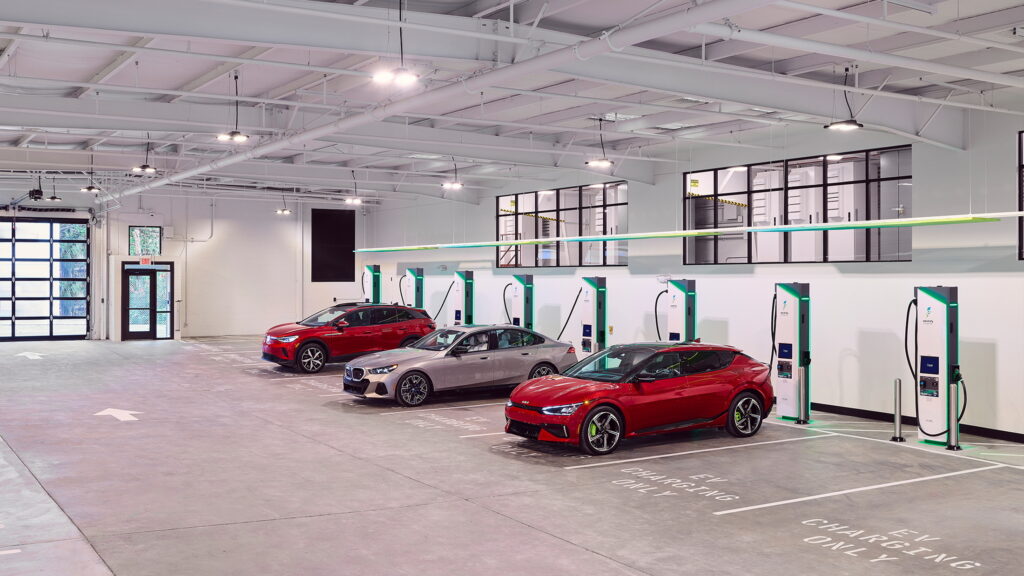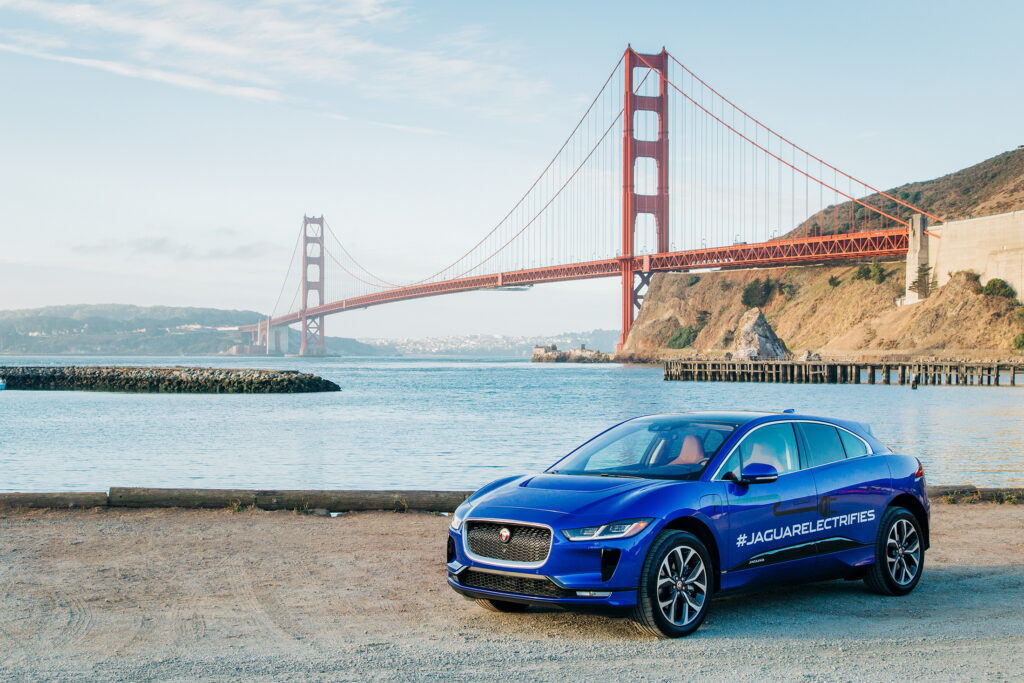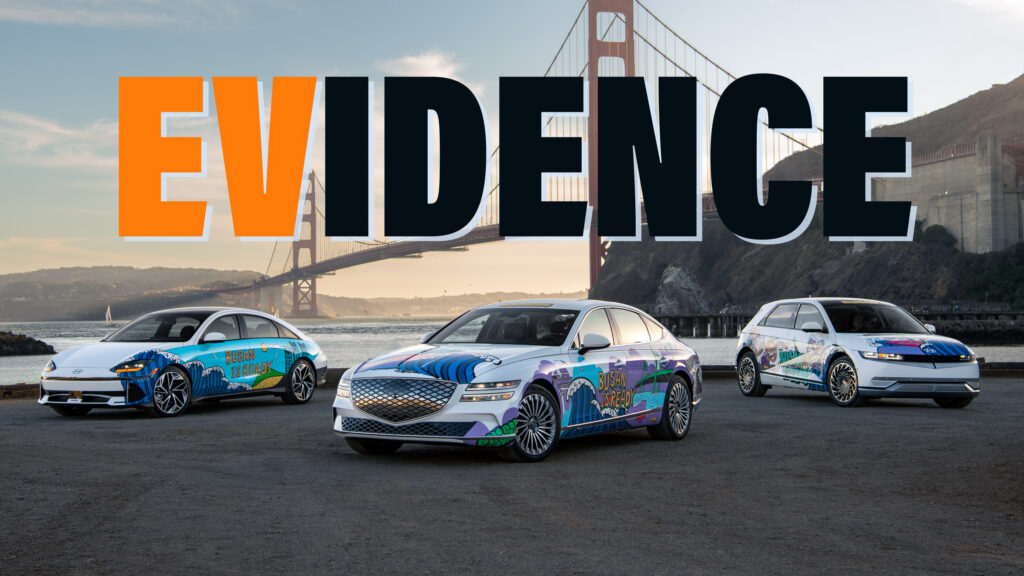- The San Francisco Bay Area has one of America’s highest EV adoption rates, and emissions from passenger vehicles there fell 2.6 percent between 2018 and 2022.
- That helped drive CO2 emissions down 1.8 percent over the same period, and researchers say EVs had a lot to do with that.
- Emissions still need to come down, but this is evidence that EV policies have a tangible impact on climate change.
One of the difficulties of talking about climate change is that it’s a huge bummer. But sometimes you get a little bit of good news, and today is one of those days. A newly published study shows that electric vehicle adoption has already had a positive impact on air quality in the San Francisco Bay Area.
Despite all the promises that EVs will emit less and help the planet in the future, their adoption is at such an early stage that there hasn’t been a lot of real evidence how they perform. Now, research published in the journal Environmental Sciences & Technology shows that CO2 emissions declined steadily by 1.8 percent per year between 2018 and 2022.
Read: US Unveils Most Stringent Car Emission Standards Ever To Boost EVs
More specifically, vehicle emissions have fallen by 2.6 percent per year in that timeframe, and figuring out how to tell those apart from the CO2 emissions was part of what took the UC Berkeley team behind this research until 2024 to publish these results.
Oddly, the pandemic actually helped the team figure out how to tell the difference between pollution from passenger vehicles, commercial trucks, and industry. The shelter in place order imposed during the height of the pandemic helped the team tease out the subtleties of different kinds of polluters.
And the results are positive. Ronald Cohen, a chemistry professor at Berkeley who started setting up the CO2 sensors used in this research all the way back in 2012, told Fast Company that these findings are a direct indication that we’ve made a positive change.

“My fantasy about this project is that we would be the moral support that leaders need to say, ‘My policy is working,’” Cohen said. He also hopes “that we can tell feel-good stories like this, because there is so much action happening in trying to reduce emissions, but so little observations showing that we actually are.”
But before we get too excited, the research suggests that we will need more action. The Bay Area has one of the highest adoption rates for EVs in America and, even there, more needs to be done to reduce CO2 emissions.
To achieve California’s goal of net-zero emissions by 2045 smoothly, Cohen says that emissions need to drop by 3.7 percent per year, so 1.8 percent won’t quite cut it. But it is an endorsement of EVs, which in combination with improvements to housing and industry emissions could help the state reach its target.
“Nobody thought we would get [to net-zero] smoothly. They thought we would start slow, and it would have to accelerate,” Cohen said. “So I take heart that at the beginning of that, we’re at half of what we need, on average.”





